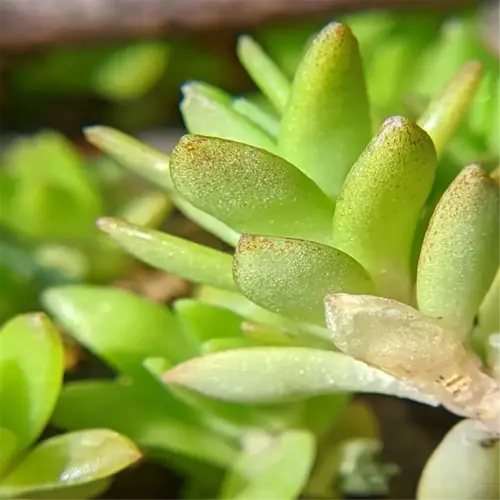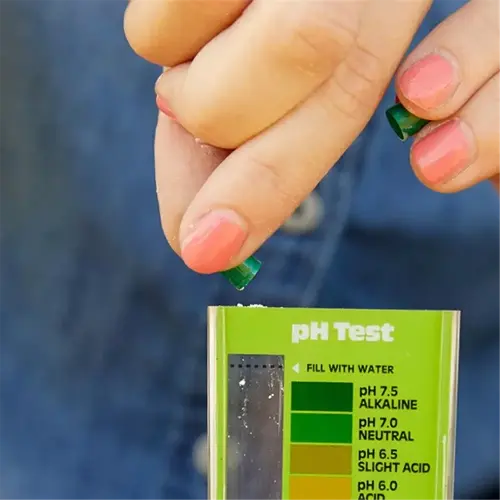What plants attract spider mites?

Written by
Tina Carter
Reviewed by
Prof. Martin Thorne, Ph.D.Spider mites are a pest that prefers to target plants with soft, nitrogen-rich leaves and stems. They prefer to feast on tomatoes, roses, and strawberries , as well as houseplants, such as ivy and palms. These infestations usually become a nuisance when they are found on plants with soft stems and leaves. Additionally, spider mites will pierce leaf cells drain sap, and leave an impressive stippling. Additionally, spider mites are especially prolific on plants that have been over-fertilized.
Vulnerable Plants
- Tomatoes: Juvenile leaves attract egg-laying females
- Roses: Tender new growth suffers severe stippling
- Strawberries: Dense foliage traps heat and mites
- Houseplants: Dry indoor air accelerates infestations
Repellent Plants
- Garlic: Allicin disrupts mite feeding signals
- Chrysanthemums: Pyrethrins deter egg deposition
- Lemongrass: Citral masks host plant odors
Fertilization Tips
- Avoid high-nitrogen synthetic fertilizers
- Use slow-release organic options like bone meal
- Test soil annually to prevent nutrient imbalances
Interplanting French marigolds in between roses or tomatoes in your garden. The marigold roots will produce a chemical called alpha-terthienyl, which has been shown to affect mite egg viability by up to 70%. I've employed this tactic in my garden for five seasons and on average observed a 90% reduction in mite damage compared to monoculture planting beds.
Prevent watering from above - any moisture will dislodge adults and eggs. Use drip irrigation to keep moisture in the soil and soil health while keeping the leaves dry and, in turn, preventing mites. Regular (weekly) wiping of houseplant leaves with a damp cloth helps to knock off any dust (sometimes mites will use debris on leaves for camouflage).
When it comes to new plants, you should quarantine your new plants for 14 days. Before adding them to your collection, check for pests using a 10x magnification. In the case of discovering an infested plant, isolate it immediately. Treat infested plants with rosemary oil sprays - 2 tablespoons per gallon - before integrating them back into your collection. Remember that prevention is always better than having to control pests.
Read the full article: Spider Mite Control: Proven Strategies for Healthy Plants

